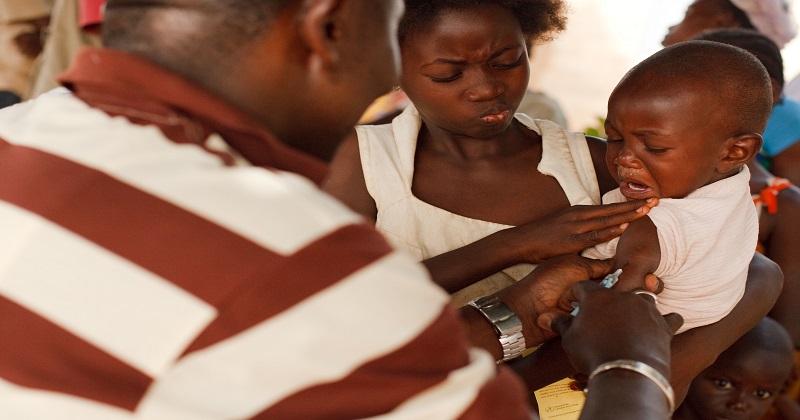
Kenya declared an outbreak of yellow fever following the deaths of four people in Isiolo County. The condition was also diagnosed in 15 other people who are recovering in hospitals. Patrick Amoth, Kenya’s director general of health, told AFP that an additional death had been confirmed on top of the three that had been reported earlier.
Furthermore, he said there is a low risk of further spread because the outbreak is in a sparsely populated region. ‘Because of the demographics of Isiolo, in terms of the number of people and how people have widely spread apart, it makes it a bit easy to control,’ Amoth said. The first case was detected on January 12, 2022.
What is yellow fever?
Yellow fever is an acute viral infection. Zika and dengue are transmitted by the same mosquitoes. According to the World Health Organization, it is an acute viral hemorrhagic disease transmitted by infected mosquitoes. The ‘yellow’ in the name refers to jaundice that affects some patients.
Infections are most prevalent in Africa and South America. Fevers, nausea, vomiting, and headache are common symptoms. Most cases are mild. This condition can, however, lead to heart, liver, and kidney problems as well as bleeding. Hospitals that provide good supportive treatment improve survival rates. Yellow fever is not currently treated with an antiviral drug. Vaccinations for yellow fever are routinely recommended for travellers going on safari in Kenya.
During the early stages of the disease, it is usually difficult to diagnose. An infection with other flaviviruses (such as dengue haemorrhagic fever) and poisoning can also be confused with a more severe case, as can severe malaria, leptospirosis, viral hepatitis (especially fulminant forms), other haemorrhagic fevers, and other haemorrhagic fevers. Polymerase chain reaction (PCR) testing can sometimes detect the virus in the early stages in blood and urine. At a later stage, antibodies must be identified (ELISA and PRNT).

Post Your Comments